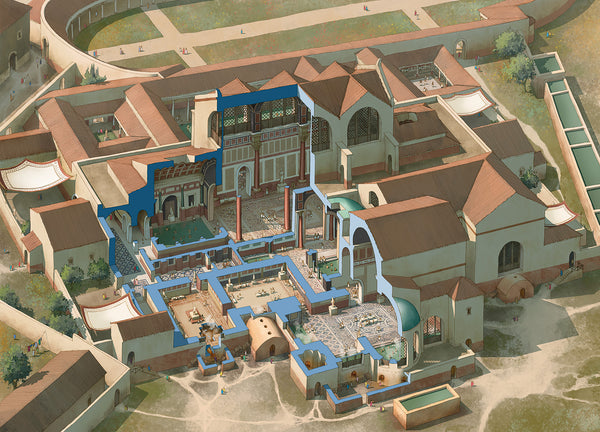New Editions - Bolt Action 3
In the last Wargames, Soldiers and Strategy Podcast No 91, we discussed new editions of our favourite games, which is a hot topic at present with the imminent release of the 3rd edition of Bolt Action at the end of this month. There is also the news that Chain of Command will soon be receiving a new edition. In this blog, I thought I'd talk about the evolution of Bolt Action and what I feel the new version will bring.

The name 'Bolt Action' first emerged on the wargaming scene as a miniatures company run by Paul Hicks and Simon Bargery in 2003. Bolt Action produced some excellent World War Two miniatures. They had their own rules, the USSR (Ultra Simple Skirmish Rules) and there was even talk of a bigger battle set with the pen name 'BAR - Bolt Action Rules', but that did not come to fruition. Then in 2008, Paul and Simon sold their company to the then-fledgling company Warlord Games, founded by John Stallard and Paul Sawyer.

The team at Warlord Games had a long term vision; to produce ranges of miniatures backed up by a series of rule sets. The first was Black Powder in 2009. For a few years, Warlord Games had a rule set they sold no figures for and plenty of ranges (ancients and World War 2) with no matching rules. This changed with the release of Hail Caesar in 2011 and the original Bolt Action in 2012.

When it came out, Bolt Action was a breath of fresh air with its activation system, which still feels fresh today with the new edition. Warlord wanted a game which used special dice like SAGA did. The author they chose was Alessio Cavatore, who had much previous game design experience in Warhammer, Warhammer 40K and the Lord of the Rings Strategy Battle Game.
What Alessio came up with was unique. Each side had special dice coloured to represent their side with a die for each of their units in the game. The dice are placed into a bag and drawn randomly to determine which unit is activated next.
The dice themselves had one of six orders written on them, similar to those from Epic Armageddon or Battlefleet Gothic. Added to this clever dice activation system was a simple two-step resolution wargame using D6, which would be familiar to any players from a Warhammer background.
The generic platoon list had a 'one of each' approach, where players could take a tank or armoured car, a gun (antitank, howitzer or AA gun), a mortar and an infantry anti-tank weapon to a platoon of one officer and a minimum of two sections fo infantry.

The second edition was published 2016; it clarified a few points but was no large change over the original. As each new supplement came out, there were new rules to cover various aspects of the game. These covered the weather, trenches, fortifications, city fighting and much more. The challenge was these needed to be repeated in every new supplement for clarity. Added to that, was the list of Frequenty Asked Questions, which grew ever longer. After eight years, It was high time for a new, clarified edition, with an index!
.

And now, the new edition of the rulebook will be popping through letterboxes and the public can see for themselves what the new rules are like. We of course have a full 'Let's Play' review of Bolt Action Third Edition in WS&S 132.
My own thoughts? I will probably need to play a few more games before commenting. I will make another blog on the changes and how I perceive their impact will be on the game. In the meantime, I have watched with some amusement the online comments, mostly positive, about the new game. Some people have come to a few very strange conclusions based on the little evidence which is out there. Without the whole rules available, it is easy to come to conclusions which don't take into account all the rule changes. For now, I have to remain silent.

